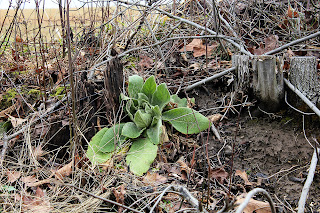Indigo
Comfrey
Goldenrod
Osage Orange
Walnuts
Apple twigs
Madder
Brazilwood
Cochineal
Logwood
I can never decide if I like them best organized by fiber, or by color.
In the end, I think I like looking at them by color the best. Of course.
See Part 1 for how we organized the experiments and the full list of fibers, mordants, etc. The fibers that turned out best for us were: mohair, silk, alpaca, wool and superwash wool. [Since the wool and alpaca looked pretty much alike, I'm not going to talk about it in this post. So sorry.] These were the protein fibers.
The cellulose fibers didn't take the dye very well with the dye methods we were using. So, First Lesson - plant fibers and animal fibers require different dye methods when using natural dyes.
Dyeing went this way:
- prep dye
- pre-mordant fibers and rinse
- cook in dyebath for at least an hour
- rinse
- postmordant and rinse
- afterbath and rinse.
This is the mohair. Gorgeous, isn't it. We loved the way mohair took natural dyes. The dyes again from left to right are: indigo, comfrey, goldenrod, osage orange, walnut, apple twigs, madder, brazilwood, cochineal, logwood.
The superwash really took the dye. Much darker than any of the rest of the fibers we tried. This is typical of superwash in general. It does not behave like wool with dye. Superwash wool is treated so that it doesn't felt as much. It will felt. I have proof. But it can handle a lot more abuse than plain wool - which felts if you look at it cross-eyed on a humid day.
Here's the silk. I wish the photo did that luster justice. Naturally dyed silk just glows. So pretty!
The fiber that I think did best with the natural dyes was alpaca. It took the dyes beautifully, retained its softness and luster and glowed like the silk. Absolutely gorgeous.
When you look at the card this way, you can immediately see which mordants and mordant combinations produced the best color and the best variety of color.
Hands down, alum is the winner. It's also the safest mordant to use - it's very safe. If you have to use only one mordant with your natural dyes, then choose alum as the premordant.
Here's a different perspective of the alpaca samples above. The left set of the samples was pre-mordanted with tin. The center set of the samples is the one with alum as the pre-mordant. The right set had no pre-mordant at all.
Look at the center sets. All of these were pre-mordanted with alum and tartaric acid.
See the darkest set of samples in the center of every dye card? Those were post-mordanted with iron. The top dark one had an additional afterbath in an ammonia solution at the very end. The second dark one had no additional afterbath.
The pair of samples just above the iron ones was post-mordanted in copper. The top of that pair had an additional afterbath in an ammonia solution at the very end. The lower of that pair had no additional afterbath.
The top pair of alum samples was post-mordanted in tin. The top of that pair had an additional afterbath in an ammonia solution at the very end. The lower of that pair had no additional afterbath.
The bottom pair had no post-mordanting at all. The top of that pair had an additional afterbath in an ammonia solution at the very end. The lower of that pair had no additional afterbath.
Here's the comfrey sample [Just right of the blue sample in the long pic above this one. You see the four pairs of alum samples? From left to right: tin post-mordant, copper post-mordant, iron post-mordant and no post-mordant.
This is a good illustration of how each post-mordant affects natural dyes in general.
- Tin brightens
- Copper greens
- Iron darkens


















































